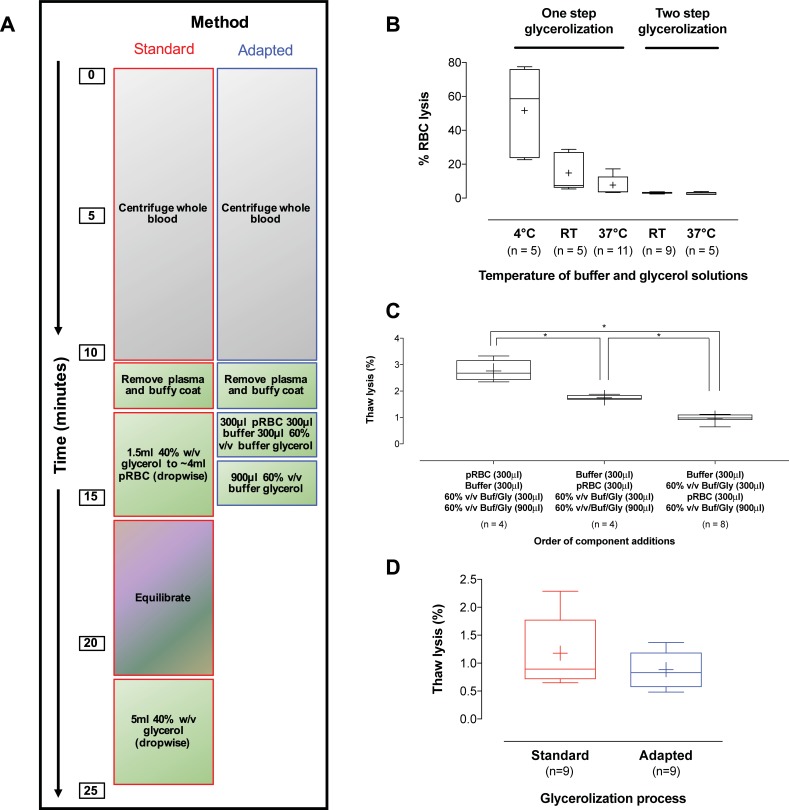Fig 1. Optimization of an adapted glycerolization procedure and comparison to the standard reported literature method.
(A) Diagram of the standard glycerolization protocol and our adapted method, designed to minimize sample processing time and allow collection/processing/storage of smaller RBC aliquots. In the standard glycerolization method, RBC volumes were added dropwise resulting in a final solution that was 40% w/v glycerol; in the adapted method, RBCs were added as a bolus, resulting in a final 40% v/v glycerol solution. All centrifugation was performed at 1,500g, 5min, at 4°C. (B) Whisker-plot comparing RBC lysis resulting from the addition of buffer/glycerol (60% v/v glycerol buffer stock added to samples) at different temperatures to pRBCs in a one step (bolus addition; 300μl pRBC to 600μl buffer/glycerol stock) or two step (300μl pRBCs to 300μl buffer to 300μl buffer/glycerol stock = step one, followed by addition of further 900μl buffer/glycerol stock = step two) process. Note, both procedures resulted in a 40% v/v glycerol final. Additionally in this experiment, no samples were frozen. Glycerol solutions were added and then samples immediately centrifuged and lysis measured. (C) Whisker-plot comparing the order of addition of pRBC, buffer, and buffer/glycerol (60% v/v glycerol buffer stock added to samples) in the two step glycerolization procedure, on the amount of lysis following sample freezing at -80°C and thawing for 2 minutes at 37°C. Order of addition of components is highly important. (D) Whisker-plot comparing RBC lysis following sample freezing and thawing, for the standard (40% w/v glycerol final) and our adapted (40% v/v glycerol final) glycerolization procedure. Mean RBC lysis was not different between the two methods; however, our adapted glycerolization procedure was 40% more time efficient (n = 9 matched samples from 3 individual blood donors).

